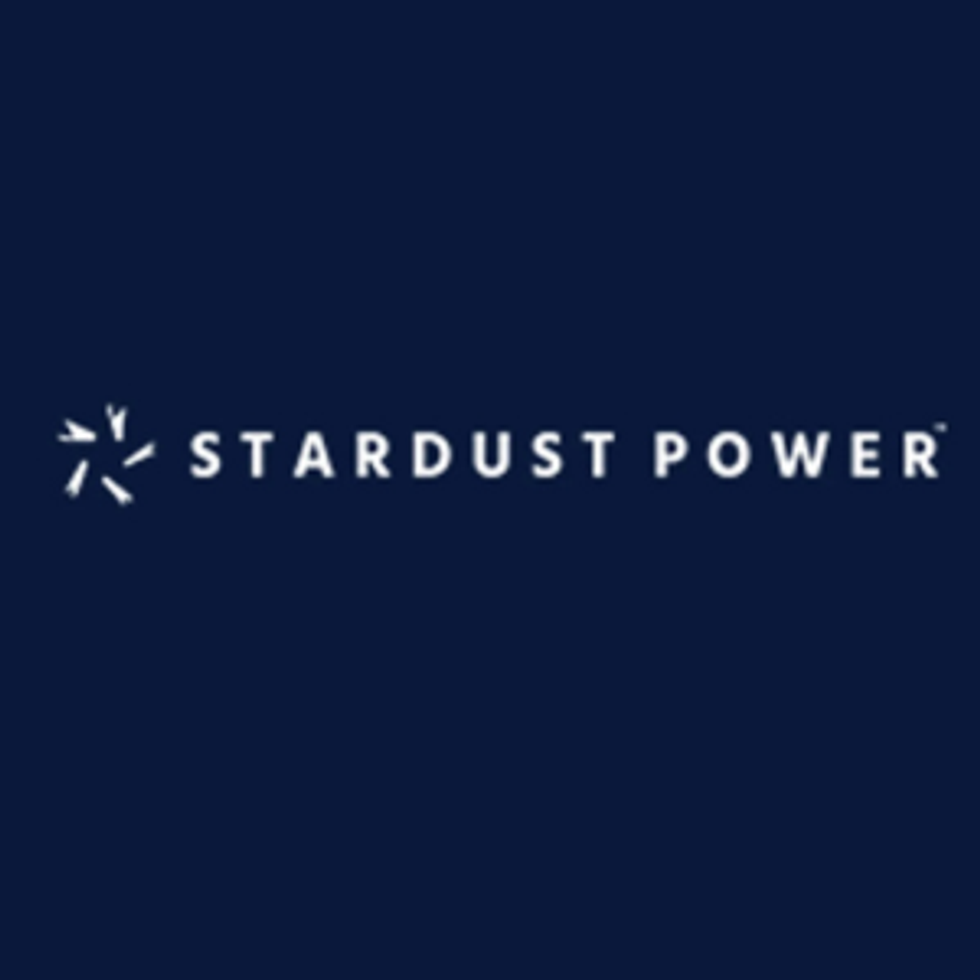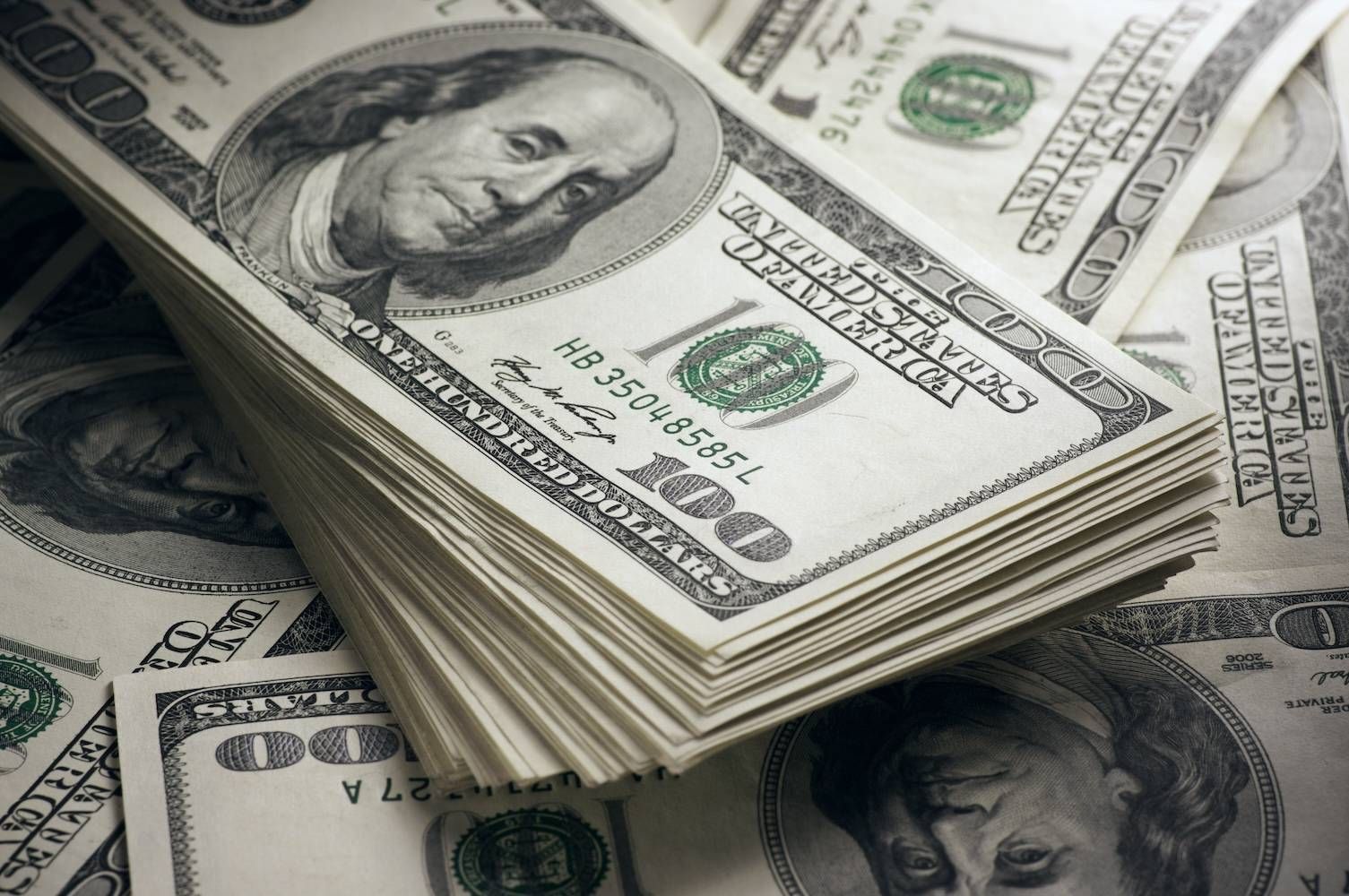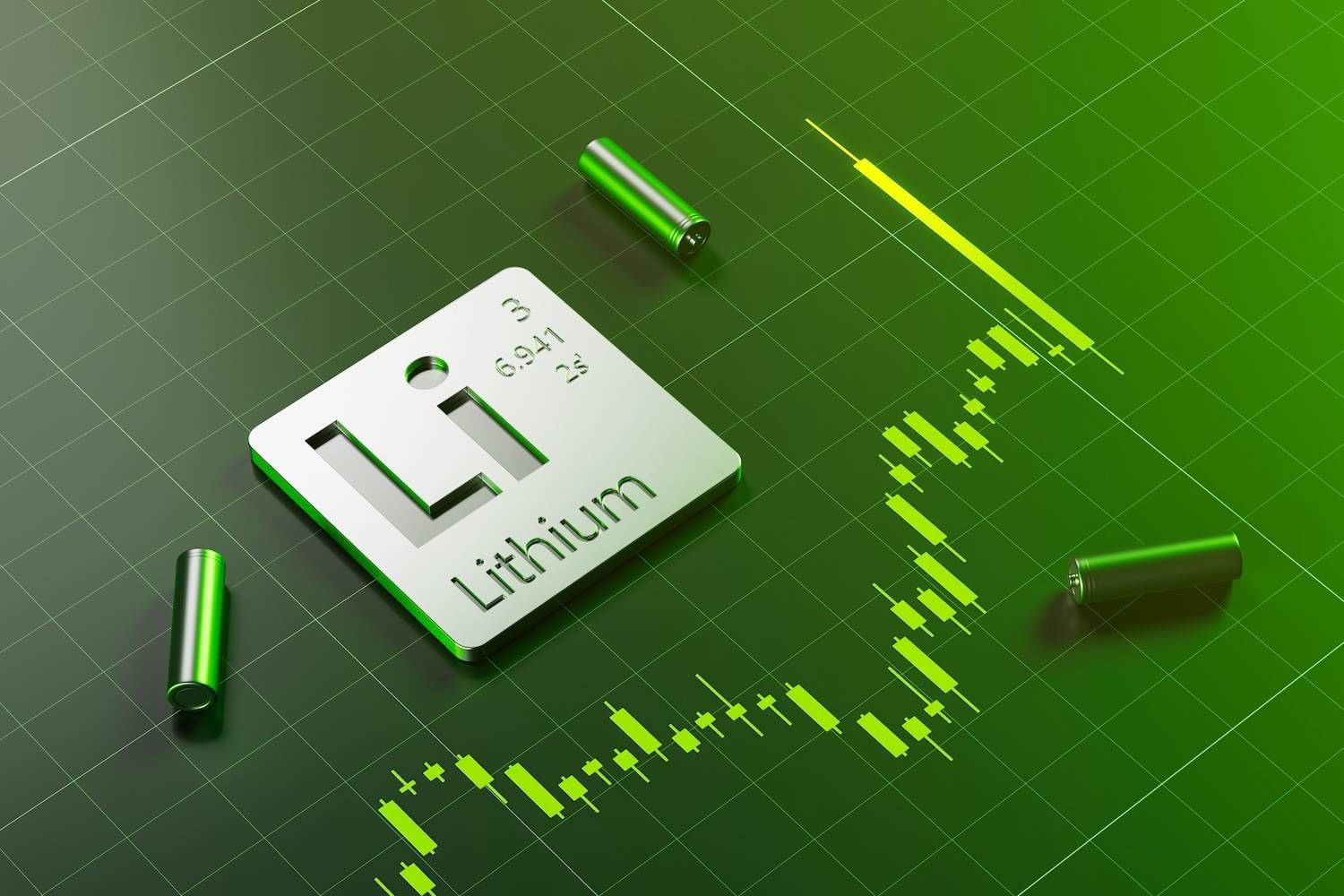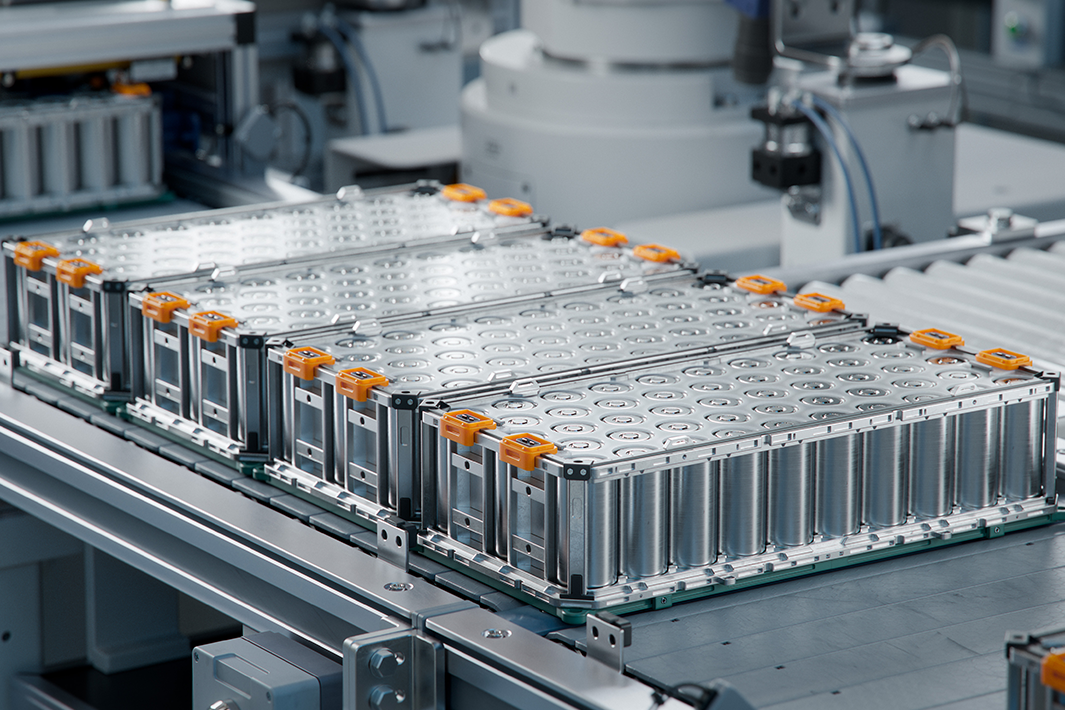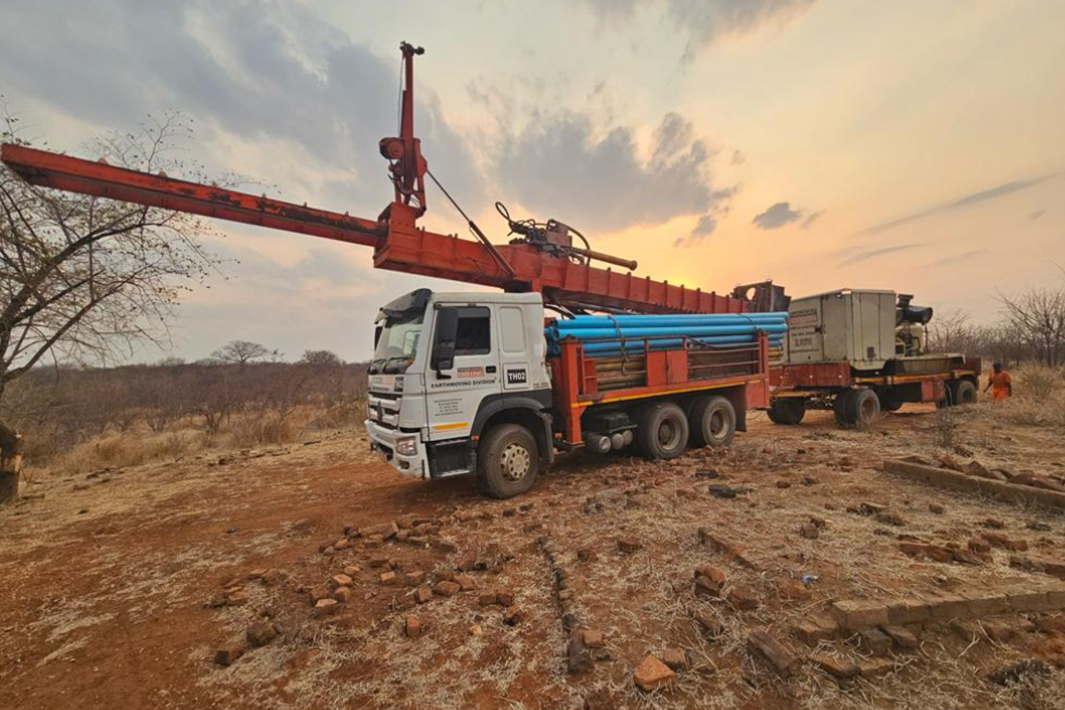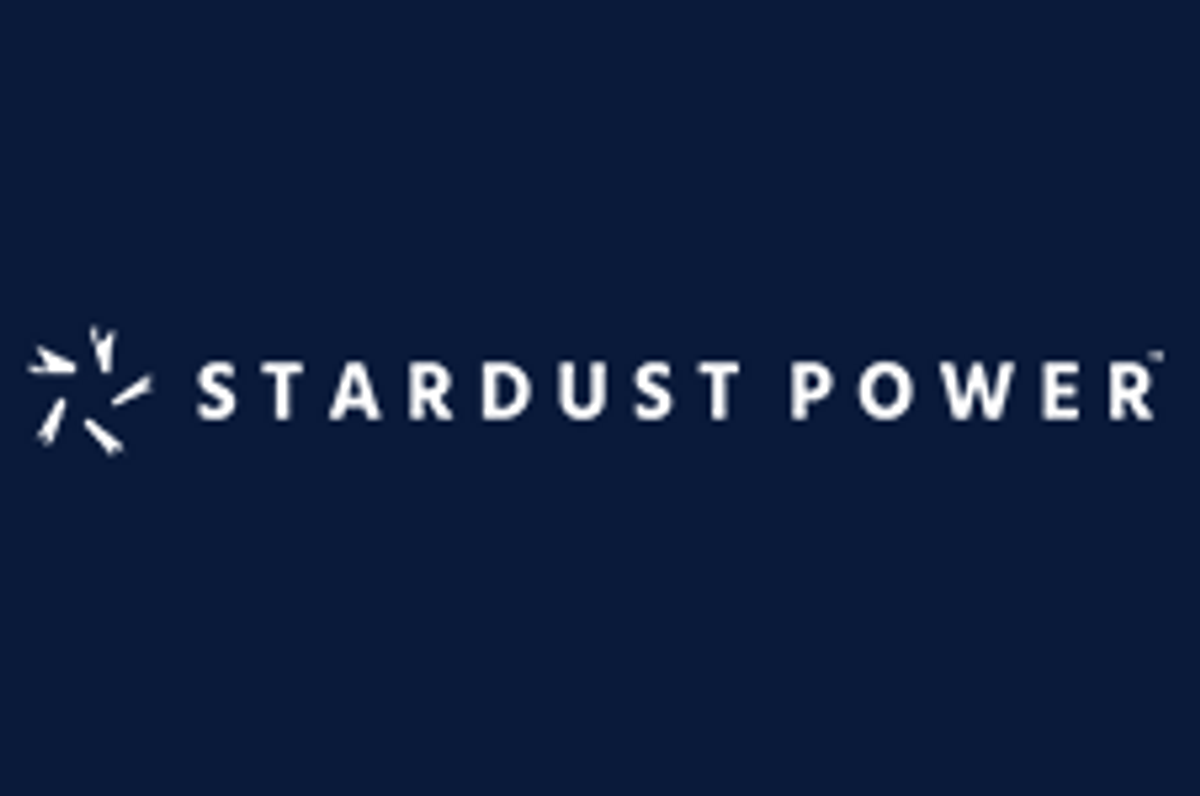
October 08, 2024
Stardust Power Inc. (NASDAQ: SDST) (“Stardust Power” or the “Company”), an American developer of battery-grade lithium products, and KMX Technologies, Inc. (“KMX”) announced that it has entered into a 90-day exclusivity period during which Stardust Power and KMX will negotiate the terms and conditions related to Stardust Power’s exclusive use of lithium brine concentration technology from KMX (the “Licensing Arrangement”). The transaction is subject to the negotiation and execution of definitive documentation and the parties’ mutual board approvals.
This important technology would allow Stardust Power to potentially lower operating costs and capital expenditures across its supply chain, including at its 50,000 metric tons per annum battery-grade lithium refinery under development in Muskogee, Oklahoma, while also potentially reducing the energy and carbon intensity of the refining process. A definitive agreement could give Stardust Power exclusive use of the technology for lithium in the United States and Canada, as well as certain other jurisdictions around the world.
Stardust Power remains focused on increasing its sustainability and recycling water following commencement of its operations. KMX’s unique technology, known as vacuum membrane distillation (“VMD”), uses hydrophobic membranes to separate lithium while creating a high quality water as its byproduct. This process is less costly and potentially less energy-intensive than many competing solutions. The distilled quality water can also be used by lithium project developers as part of their direct lithium extraction washing process, in lieu of tapping sparse local freshwater resources and other uses.
Stardust Power’s Chief Executive Officer and Founder, Roshan Pujari, commented: “Creating battery-grade lithium requires energy and water, and KMX’s technology is highly efficient on both fronts. Their VMD technology produces an extremely high-quality concentrate with significantly improved water recycling. Following the execution of definitive documentation, Stardust Power would intend to deploy this technology across the supply chain at its Oklahoma refinery, when it is put into operation, and at upstream sites. This is another step forward for Stardust Power, leading at the forefront of sustainability within the U.S. lithium supply chain.”
Zachary Sadow, KMX Chief Executive Officer, said, “We are proud to partner with Stardust Power, pioneers in the critical mineral industry, as they build out the North American lithium supply chain.”
KMX’s lithium concentration technology has been publicly validated by the Canadian government, showing its ability to concentrate lithium without significant losses, generating substantially enhanced project economics.
About Stardust Power Inc.
Stardust Power is a developer of battery-grade lithium products designed to supply the electric vehicle (EV) industry and bolster America’s energy leadership by building resilient supply chains. Stardust Power is developing a strategically central lithium refinery in Muskogee, Oklahoma with the anticipated capacity of producing up to 50,000 metric tons per annum of battery-grade lithium. The company is committed to sustainability at each point in the process. Stardust Power trades on the Nasdaq under the ticker symbol “SDST.” For more information, visit www.stardust-power.com
Stardust Power Contacts
For Investors:
Johanna Gonzalez
investor.relations@stardust-power.com
For Media:
Michael Thompson
media@stardust-power.com
About KMX Technologies
KMX Technologies is solving the most critical environmental and energy challenges of the 21st century. Through its proprietary membrane distillation technology, the company sustainably sources critical minerals necessary for next generation supply chains and infrastructure, is advancing wastewater treatment, and is accelerating energy storage with its direct lithium recovery enhancement processes.
Cautionary Note Regarding Forward-Looking Statements
Certain statements in this press release constitute “forward-looking statements.” Such forward-looking statements are often identified by words such as “believe,” “may,” “will,” “estimate,” “continue,” “anticipate,” “intend,” “expect,” “should,” “would,” “plan,” “predict,” “forecasted,” “projected,” “potential,” “seem,” “future,” “outlook,” and similar expressions that predict or indicate future events or trends or otherwise indicate statements that are not of historical matters, but the absence of these words does not mean that a statement is not forward-looking. These forward-looking statements and factors that may cause actual results to differ materially from current expectations include, but are not limited to: the negotiation and execution of definitive documentation regarding the Licensing Arrangement, the ability of Stardust Power to realize the anticipated benefits of KMX’s technology, the ability of Stardust Power to grow and manage growth profitably, maintain key relationships and retain its management and key employees; risks related to the uncertainty of the projected financial information with respect to Stardust Power; risks related to the price of Stardust Power’s securities, including volatility resulting from changes in the competitive and highly regulated industries in which Stardust Power plans to operate, variations in performance across competitors, changes in laws and regulations affecting Stardust Power’s business and changes in the combined capital structure; and risks related to the ability to implement business plans, forecasts, and other expectations and identify and realize additional opportunities. The foregoing list of factors is not exhaustive.
Stockholders and prospective investors should carefully consider the foregoing factors and the other risks and uncertainties described in documents filed by Stardust Power from time to time with the SEC.
Stockholders and prospective investors are cautioned not to place undue reliance on these forward-looking statements, which only speak as of the date made, are not a guarantee of future performance and are subject to a number of uncertainties, risks, assumptions and other factors, many of which are outside the control of Stardust Power. Stardust Power expressly disclaims any obligations or undertaking to release publicly any updates or revisions to any forward-looking statements contained herein to reflect any change in the expectations of Stardust Power with respect thereto or any change in events, conditions or circumstances on which any statement is based.
The Conversation (0)
13 January
Stardust Power
Stardust Power is developing a strategically centrally located lithium refinery with the capacity to produce 50,000 tons per annum of battery grade lithium carbonate.
Stardust Power is developing a strategically centrally located lithium refinery with the capacity to produce 50,000 tons per annum of battery grade lithium carbonate. Keep Reading...
24 December
Altius Minerals to Expand Portfolio with C$520 Million Lithium Royalty Deal
Altius Minerals (TSX:ALS,OTCQX:ATUSF) is making a bet on a lithium market recovery, agreeing to acquire Lithium Royalty (TSX:LIRC) in a C$520 million deal that will expand its exposure to battery metals.Under a definitive agreement announced by the two companies on Monday (December 22), Altius... Keep Reading...
23 December
Liontown's First Tjiwarl Member Completes Apprenticeship at Kathleen Valley
Liontown (ASX:LTR,OTC Pink:LINRF) has reached a milestone at its Kathleen Valley operations, with Vaughan Harris becoming the first Tjiwarl community member to complete an apprenticeship with the company.“Being the first Tjiwarl apprentice to complete an apprenticeship here at Liontown feels... Keep Reading...
22 December
Lithium Market 2025 Year-End Review
The global lithium market endured a bruising 2025, with persistent oversupply and softer-than-expected electric vehicle (EV) demand driving prices for the battery metal to multi-year lows.Lithium carbonate prices in North Asia slipped below US$9,550 per metric ton in February — their weakest... Keep Reading...
11 December
Mining the Gap: 5 Forces Shaping North America’s Lithium Supply Chain
A convergence of industry investments, government initiatives and a shifting global trade dynamic is creating an environment ripe for the development of a North American battery supply chain, with lithium playing a leading role. These trends are reshaping the region’s industrial base and opening... Keep Reading...
10 December
Rock Bottom: Strategic Window for Ground-level Lithium Investment
When lithium prices hit bottom, savvy investors know that’s exactly where the next big discovery begins — literally. Beneath the surface of global markets and remote exploration grounds, new opportunities are forming in the wake of a sharp price reset and renewed geopolitical urgency.Recent... Keep Reading...
10 December
Liontown Resources Pens Lithium Offtake Agreement with China's Canmax
Liontown Resources (ASX:LTR,OTC Pink:LINRF) has executed a binding offtake agreement with Chinese conglomerate Canmax Technologies (SZSE:300390) as part of its strategy to diversify its customer base.“Listed on the Shenzhen Stock Exchange, Canmax is one of the world’s leading manufacturers of... Keep Reading...
Latest News
Interactive Chart
Latest Press Releases
Steadright Grants Stock Options
24 December
Silverco Confirms No Material Change
24 December
Related News
TOP STOCKS
American Battery4.030.24
Aion Therapeutic0.10-0.01
Cybin Corp2.140.00
